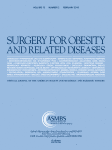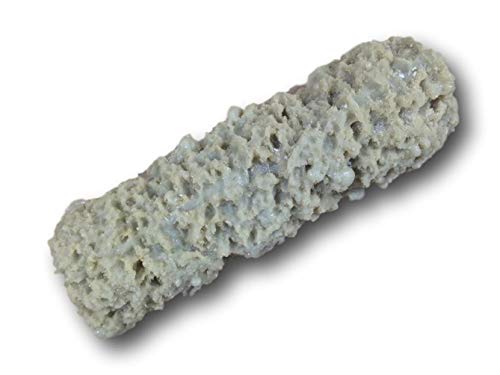
Laparoscopic single-anastomosis duodenal-jejunal bypass with sleeve gastrectomy (SADJB-SG): Surgical risk and long-term results
Single-anastomosis duodeno-jejunal bypass with sleeve gastrectomy (SADJB-SG) was developed as a simplified technique of DJB-SG, but long-term data are…
Elizabeth Gilchrist on the FB side of this forum posted this link and included some breakdown:
”There are 5 year data about one of the DS variants in Taiwan. They called it Single-anastomosis duodeno-jejunal bypass with sleeve gastrectomy (SADJB-SG). The two most important issues for me were durability of weight loss and resolution of diabetes. This isnt a head-to-head comparison with DS, but it comments on durability of weight loss and diabetes. At postoperative 1, 2, and 5 years, the mean excess weight loss was 83.9%, 76.1%, 58.6%. So if you were 100 pounds overweight, you would be down 84 pounds in year one and down 59 at year 5...or 25 pounds regain. if you were 200 pounds overweight, the regain would be 50 pounds. About half of the patients with T2D achieved complete remission (hemoglobin A1C <60%) at 1 year but that dropped to 36.5% at Year 5. Over time, 15 patients needed reoperation for weight regain, return of diabetes and reflux etc. At 5 years, about one fourth (14/57) of the remaining required proton pump inhibitor for reflux symptoms. That is the most concerning thing because reflux over a very long time is linked to esophageal cancer. If you translated these to my life, durability for me with the one anastomoses procedure vs my DS would mean I would weigh 195 lbs instead of 145 and I would only have a one third chance of still not having diabetes. At 15 years, I don’t have diabetes after DS and my regain is about 18 pounds over 15 years. Maybe vitamin abnormalities and anemia will be better with the one anastomoses procedures. Time will tell. ”















































